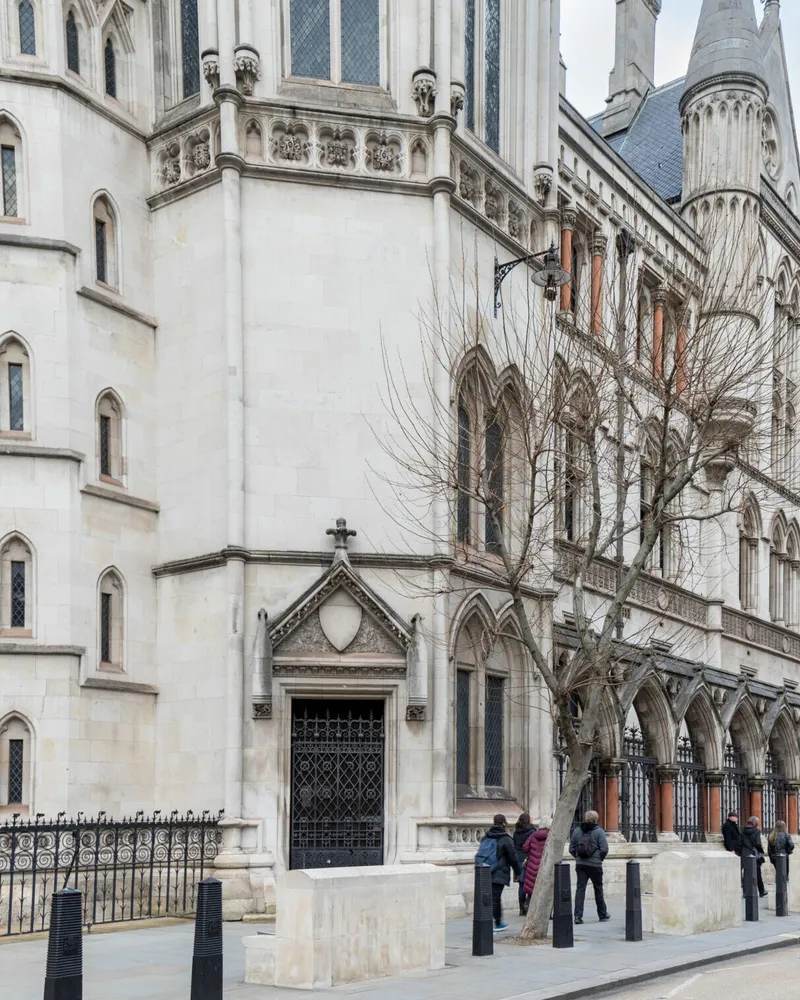
The Bar has widely accepted that there are serious structural and cultural challenges around race, according to the Bar Council’s recent report, Race at the Bar: Three Years On.
Back in 2021, the Bar Council published their landmark Race at the Bar report, which looked to address inequality at the Bar and propose a series of recommendations that would put this into action.
The report identified four key areas that would denote the state of the Bar’s attitude toward equality, diversity and inclusion (EDI):
- Access
- Retention
- Progression
- Culture
Three years later, the Bar Council have conducted their follow-up report, looking at the degree of lasting change across these areas. The report also sets out updated recommendations for chambers, individuals and other bar-related organisations.
Overview of 2024 Findings
As a starting point, the report noted that action had been initiated across the Bar by both chambers and organisations like circuits and specialist Bar associations (SBAs). They stated that 92% of chambers who responded to a survey had taken action in at least one of the four key areas. Measurable progress on access, retention and progression has happened, but to some degree of limitation in the three years since their initial findings.
According to the report, overall representation of minority ethnic barristers at the Bar is improving by 0.5 percentage points per year. The total currently sits at 16.9% of the Bar. Pupillage-to-tenancy conversion rates are similar between ethnic groups at around 93-94%, however, the report found that Black/Black British barristers are less likely to get immediate tenancy. They are also the most likely to go onto probationary tenancy (aka third six) and the most likely to initially become a ‘squatter’.
The total number of silks from minority ethnic backgrounds has increased from 2021, demonstrated by the following figures:
- Currently 102 Asian Silks – increased almost one third since 2021
- Currently 53 Mixed/multiple ethnicity Silks – more than doubled since 2021
However, while some improvements have been made, data within the report highlights the continued underrepresentation of Black barristers.
There are currently only eight Black women silks, the same number reported in 2022, and the total number of Black KCs remains at 26. The data also emphasised differences in access, earnings and progression between Black, other minority ethnic barristers and White barristers:
- In all practice areas and at all stages of career, Black and Asian barristers are earning less than White barristers.
- 65% of White barristers said that work was distributed fairly at their employer or chambers, compared to 43% of minority ethnic backgrounds.
- In 2023/24 there were 5,298 courts and tribunals judges in post in England and Wales. 4,714 declared information on ethnicity, of whom 529 were from a minority ethnic background and 4,185 were White.
What does the Bar think?
One of the biggest barriers to progression that chambers, circuits and SBAs have reported is dedicating time and resources to introduce the necessary changes to policies and practice.
According to the report, these Bar entities believe that any changes implemented will take a considerable amount of time to make a difference.
Since the 2021 report, the Bar Council said the spotlight on race has prompted chambers and organisations to “look at their policies and culture and take active steps to address inequalities and promote inclusivity.”
From chambers’ perspectives, the task has been particularly overwhelming. A general feeling for both chambers and organisations was that they either took on too much or did not know where to start.
The Bar Council clarified that the most useful action is “ensuring everyone’s experience of the Bar is positive, irrespective of background.”
They continued:
“We would like to see a profession where the chance of being taken on is not linked to race. Where the amount earned is not linked to ethnic origin. And where we all recognise tackling racial inequality requires sustained commitment.”
Recommendations for 2025
In this recent report, the Bar Council recognised that they were measuring progress in a relatively short period of three years since the initial report.
They reiterated that recommendations made in their original report were still very relevant:
- To collect and review data (by different ethnic groups) at every stage of a member barrister’s career.
- That targets and goal setting should drive activity.
- That evaluation should be built in at the design stage of a new initiative to establish if an intervention is working.
- On top of their original recommendations, the Bar Council have produced an updated list for the benefit of chambers, individuals and other organisations involved with the Bar:
For chambers:
- Introduce mandatory EDI training for all members and staff, in addition to specialist race training for all. It's important to note that any training undertaken should not be delivered internally, as per the Race Equality Toolkit.
- Provide enhanced pupillage supervisor training, focusing on inclusive practice and supporting diverse pupils. Also, review pupillage sign-off and tenancy decision-making, ensuring a fair and transparent process takes place.
- Monitor work distribution and income by ethnicity and formalise practice reviews to ensure proactive career support.
- Where possible, conduct an external audit of practice and culture policy.
- Actively attempt to build an inclusive culture – through supporting your equality and diversity officer (EDO) and ensuring that change is ingrained in chambers’ culture.
- Recognise that requests made of self-employed Black and minority ethnic members to take on leadership and voluntary roles may be of greater benefit to chambers than to them. Discretion and open communication must be used when asking people to carry out additional voluntary work.
For Individuals:
- Recognise there is a race inequality at the Bar and actively support chambers in this area.
- Understand racism impacts on you and your colleagues’ experiences of the Bar. If you are White British don’t deny the experiences of others (known as ‘gaslighting’); call out unacceptable (discriminatory/non-inclusive) behaviours and practices when you observe them.
- Disclose information about your own ethnicity and other protected characteristics when asked by your chambers. This data plays a key role in effecting and supporting change.
The report concluded by referencing reasons for producing such a report in the first place, citing that they did so in response to an EDI crisis facing the Bar.
They believe that while some successful work has been done at foundational level, there is still much to do if the Bar is to achieve real equality.
“We see a pattern of inequality of outcome at all stages of recruitment and progression.
“Individuals from minority ethnic backgrounds are still experiencing, on average, a less lucrative career and a less positive working environment than their White colleagues, with the intersection of sex and race being particularly notable.
“Chambers and organisations sincere about embedding anti-racism as part of their operations must take a deeper look at cultures of racism and structural inequality that persist.”



